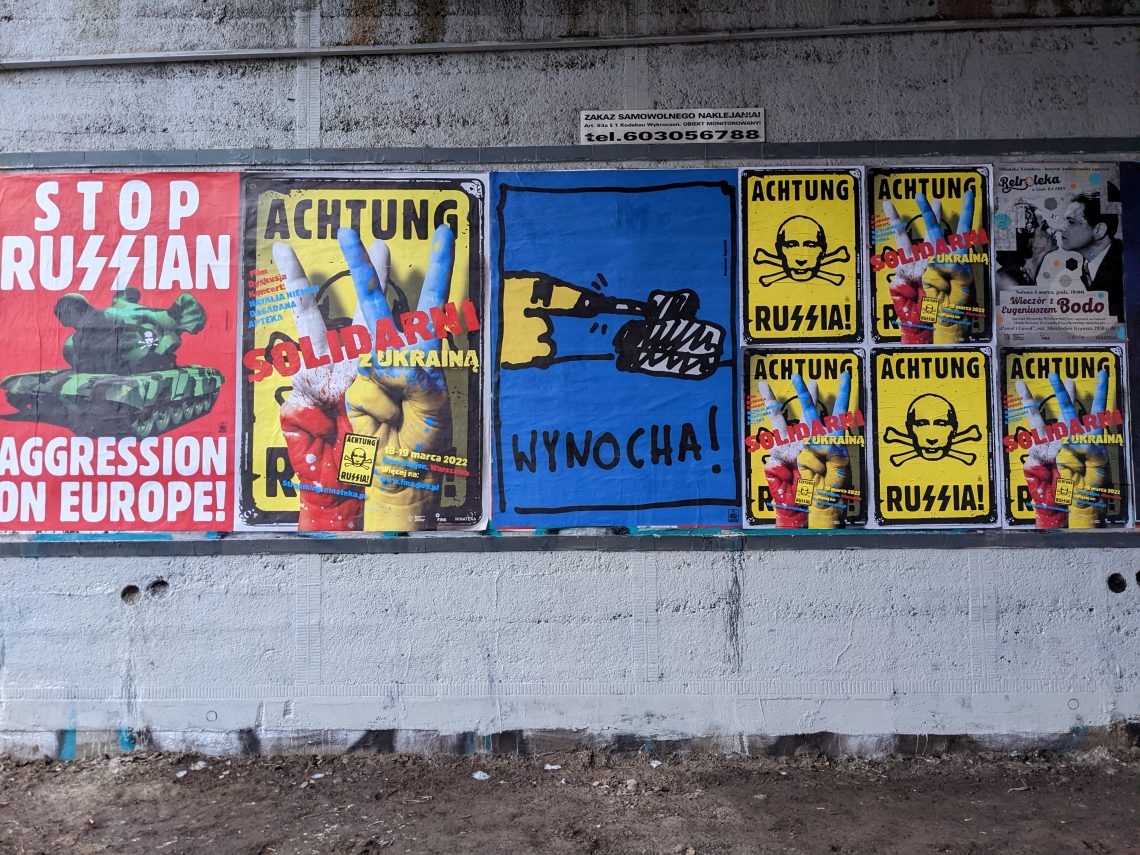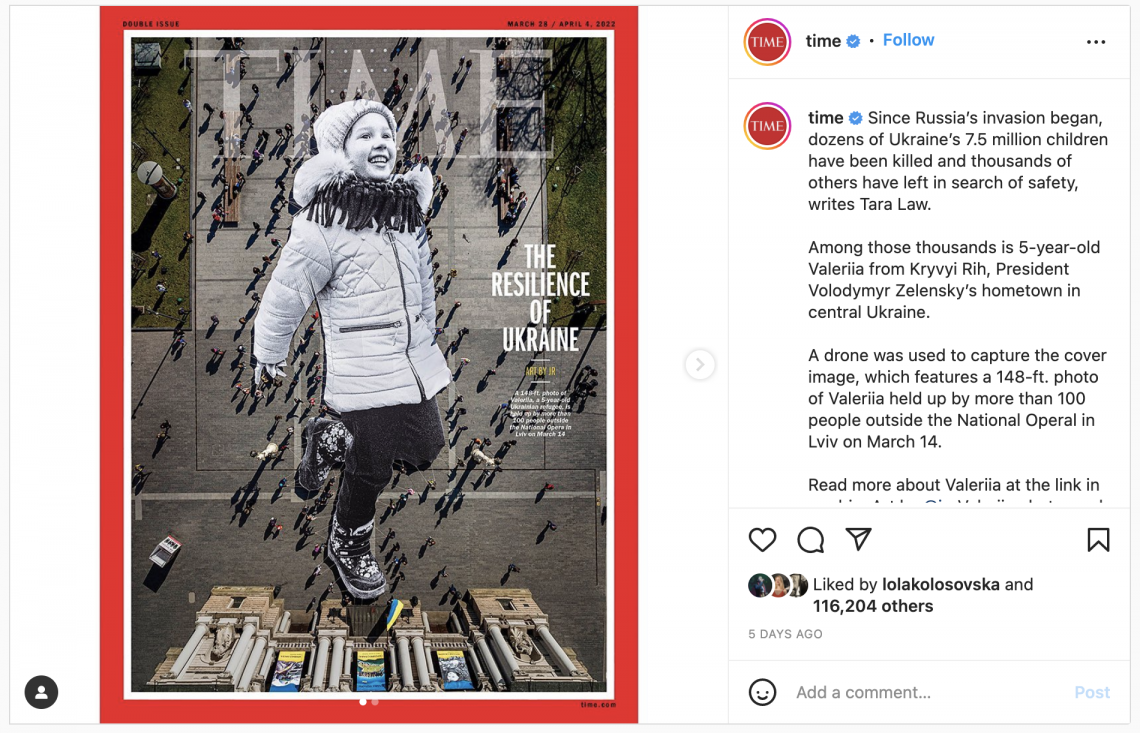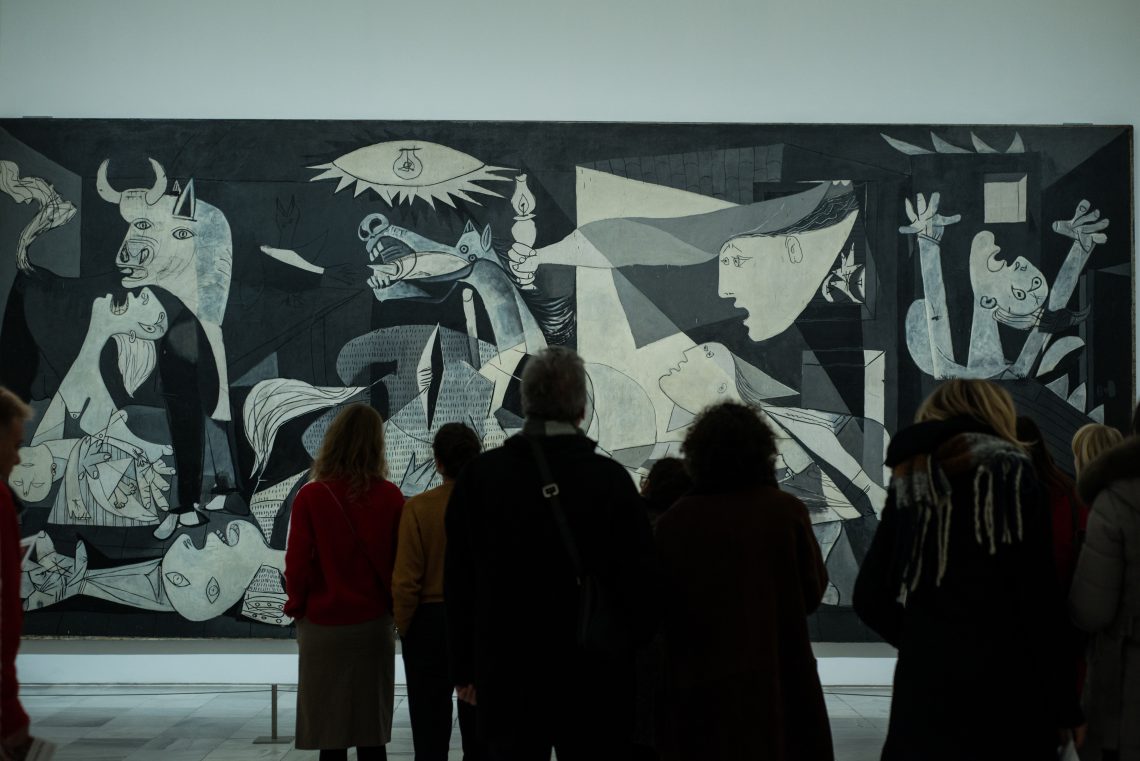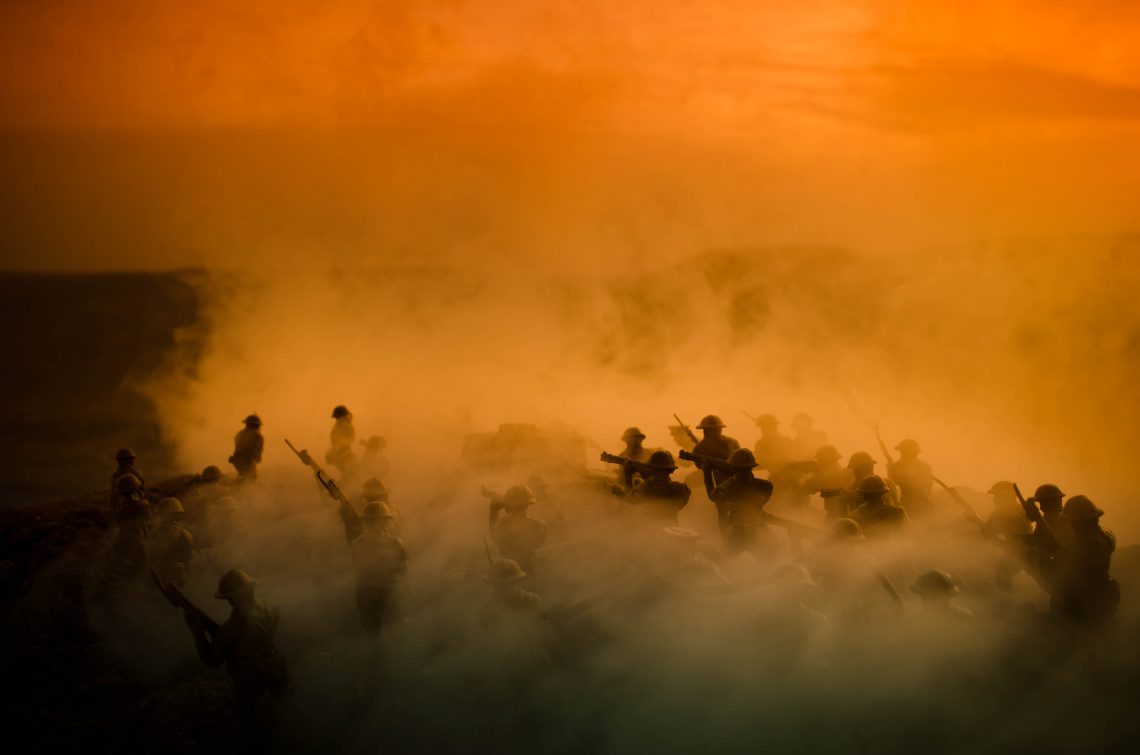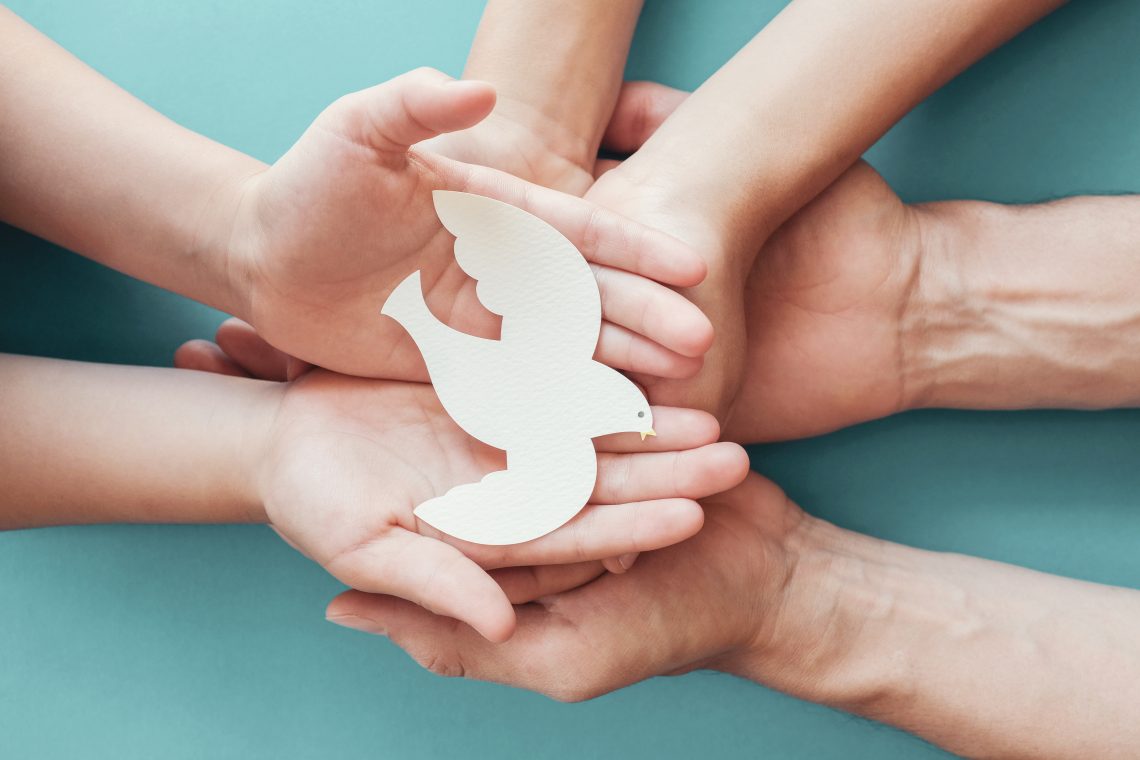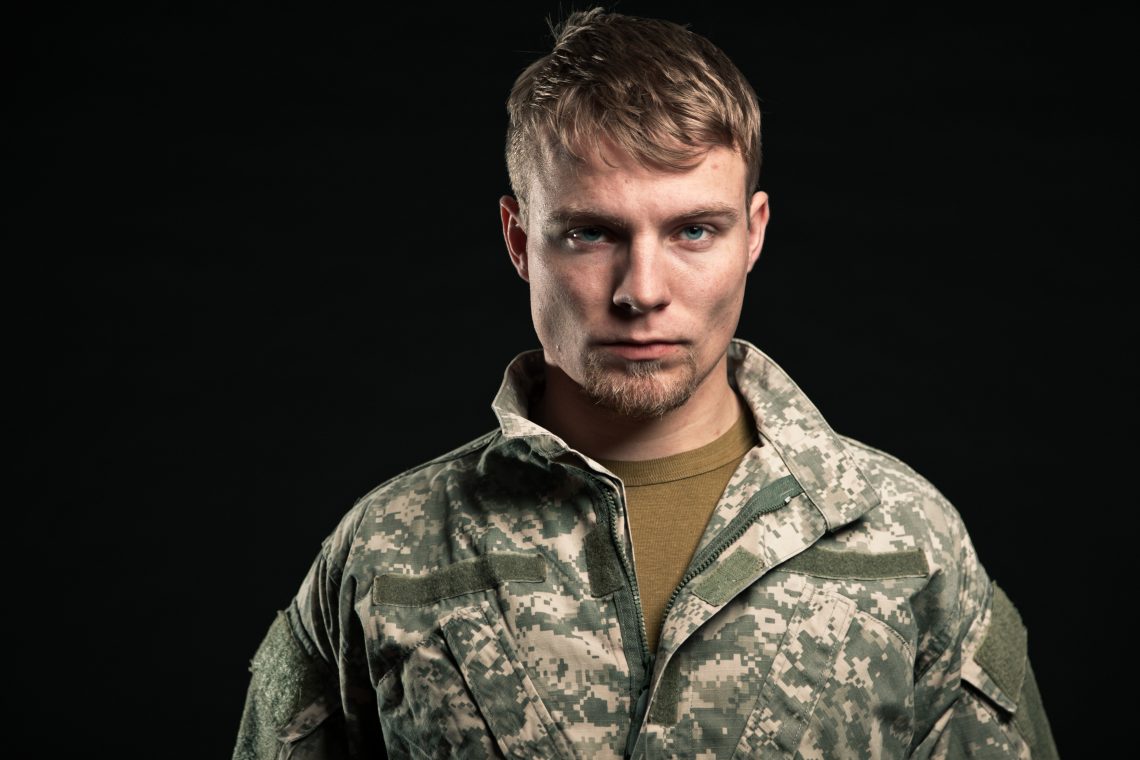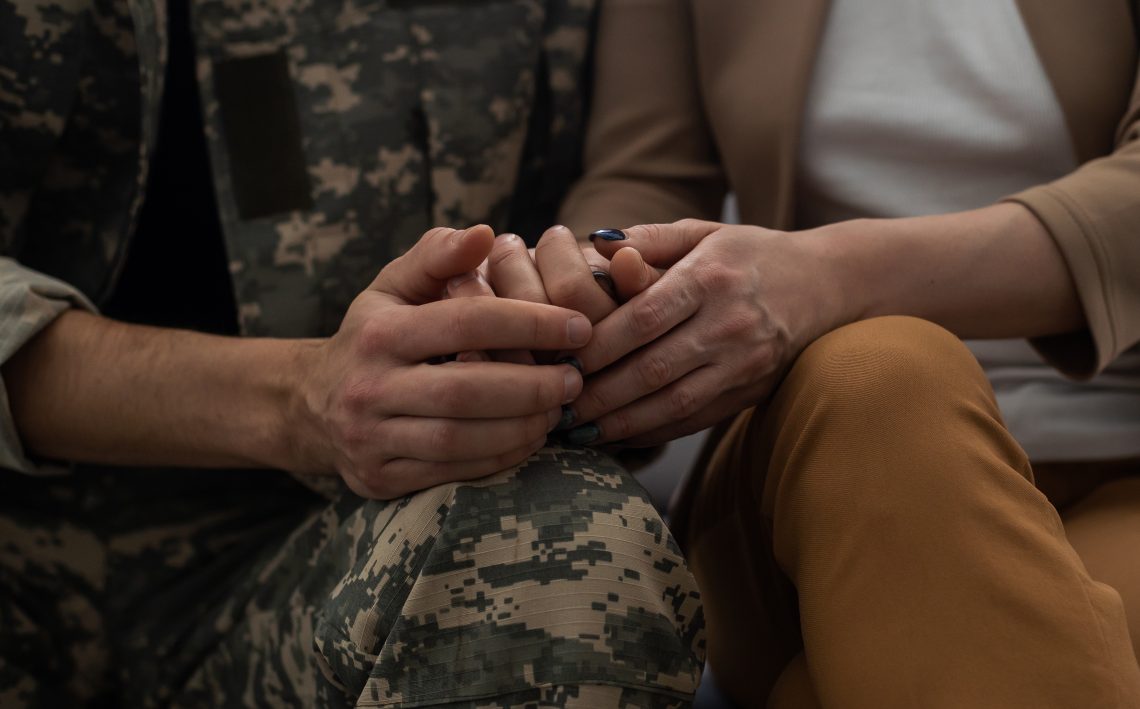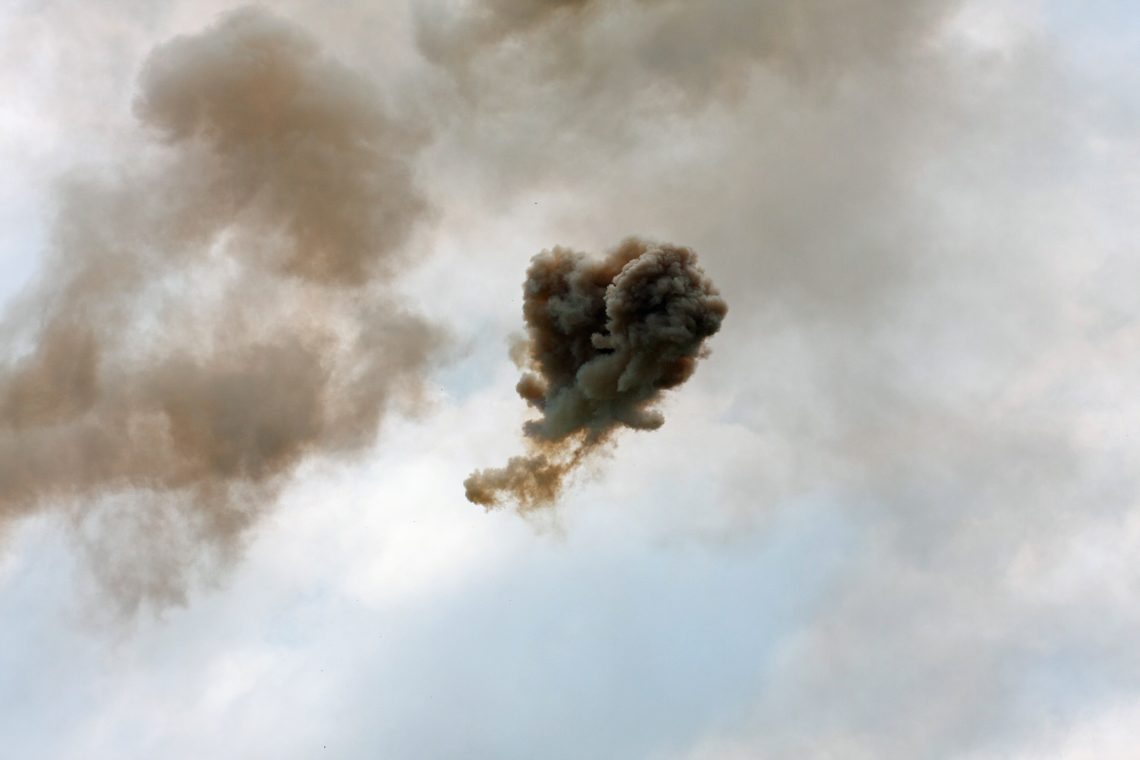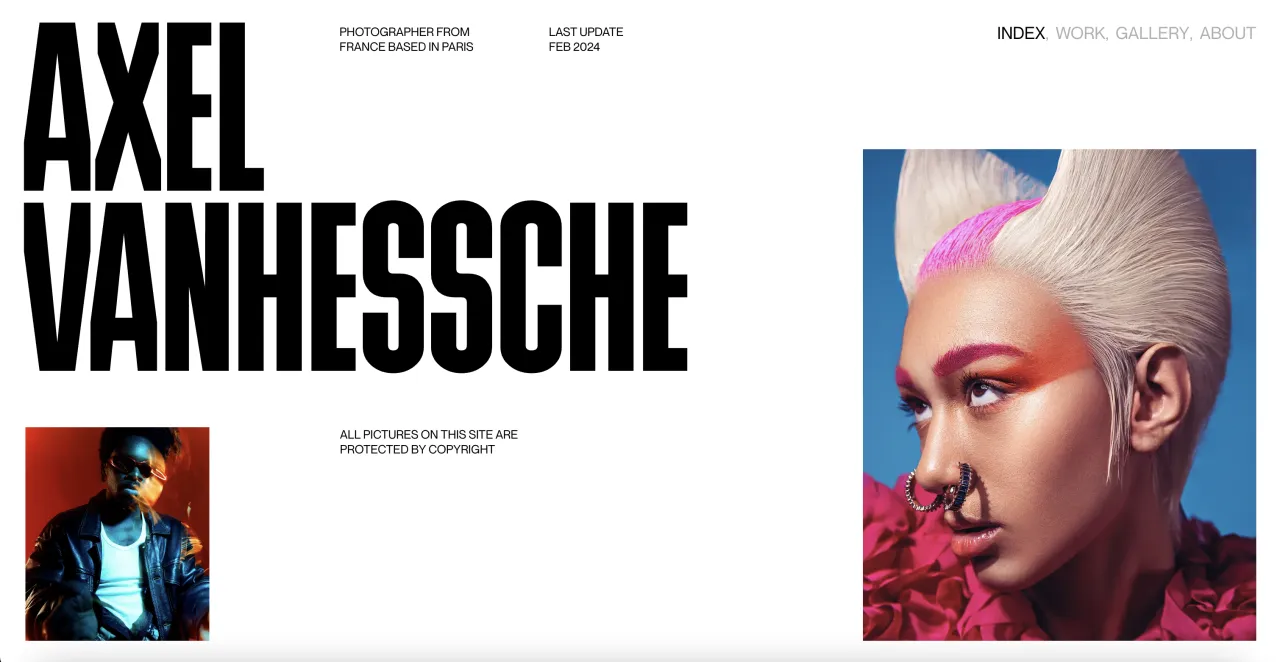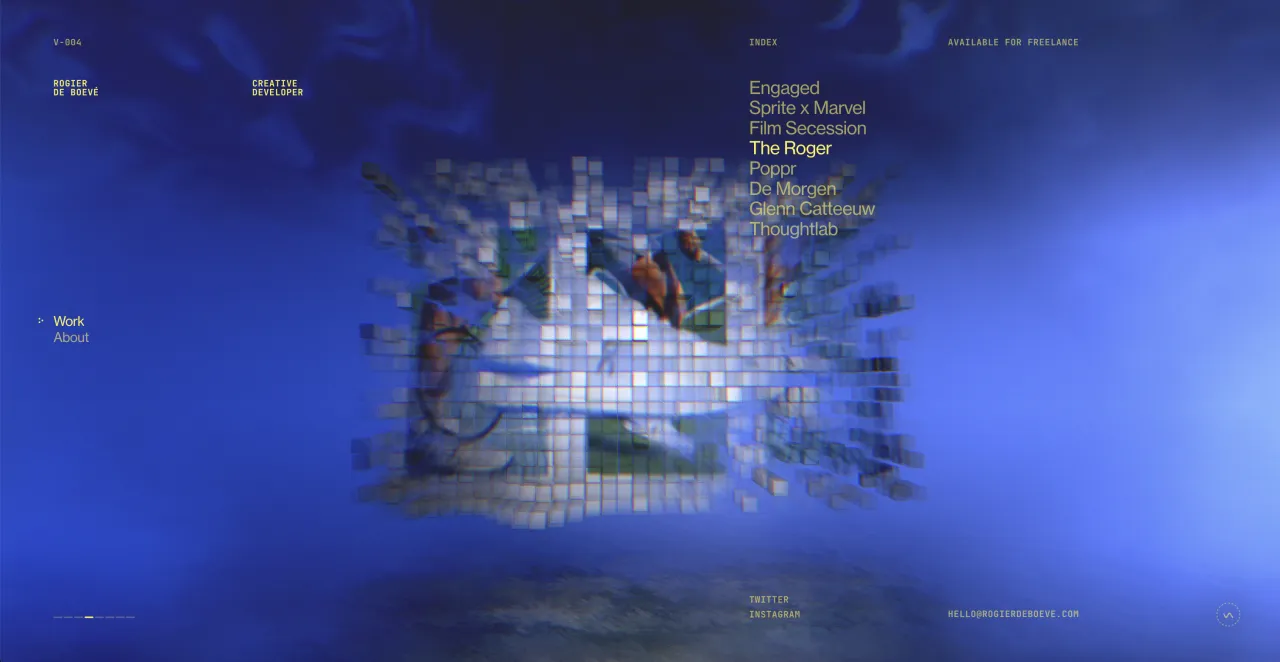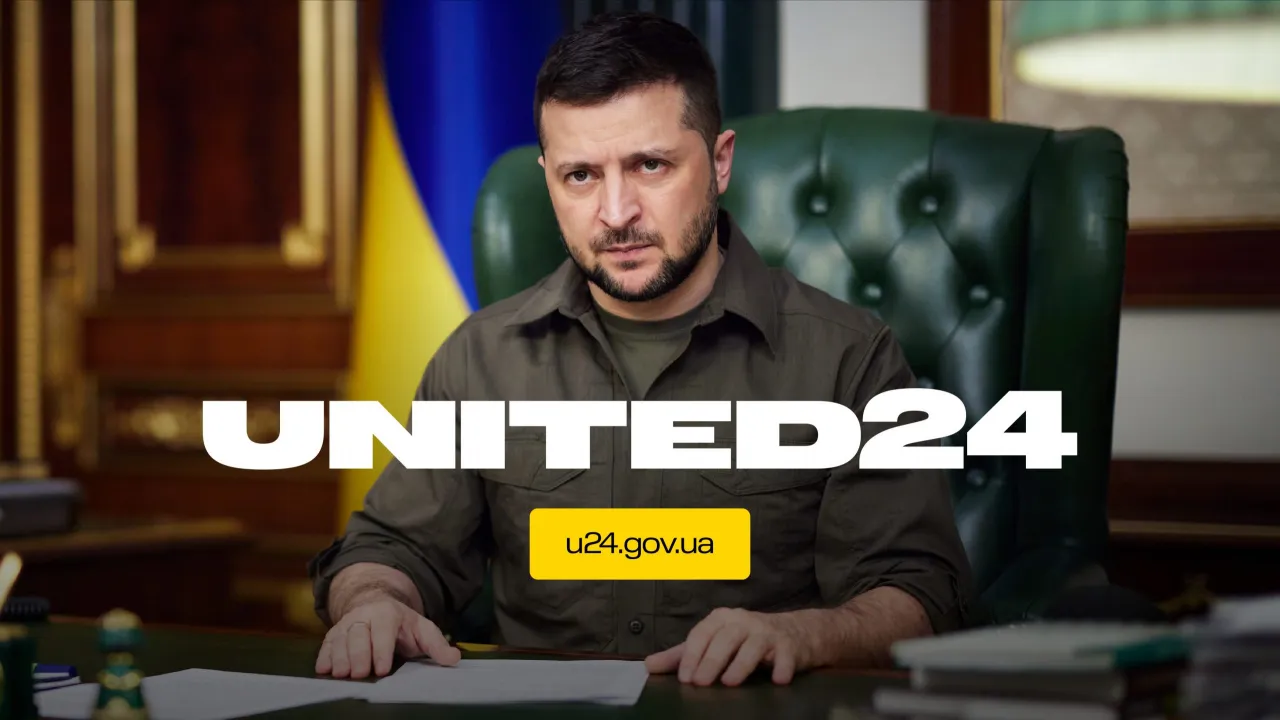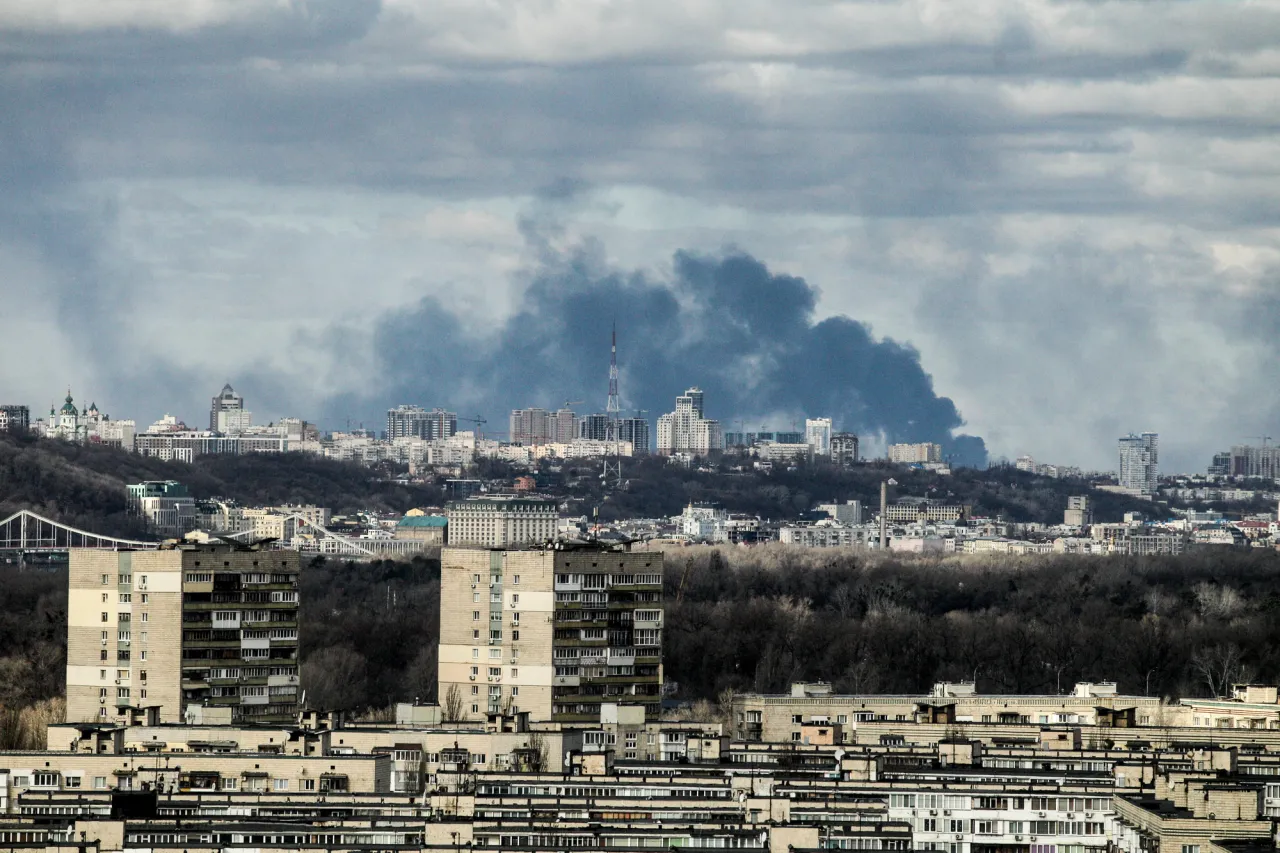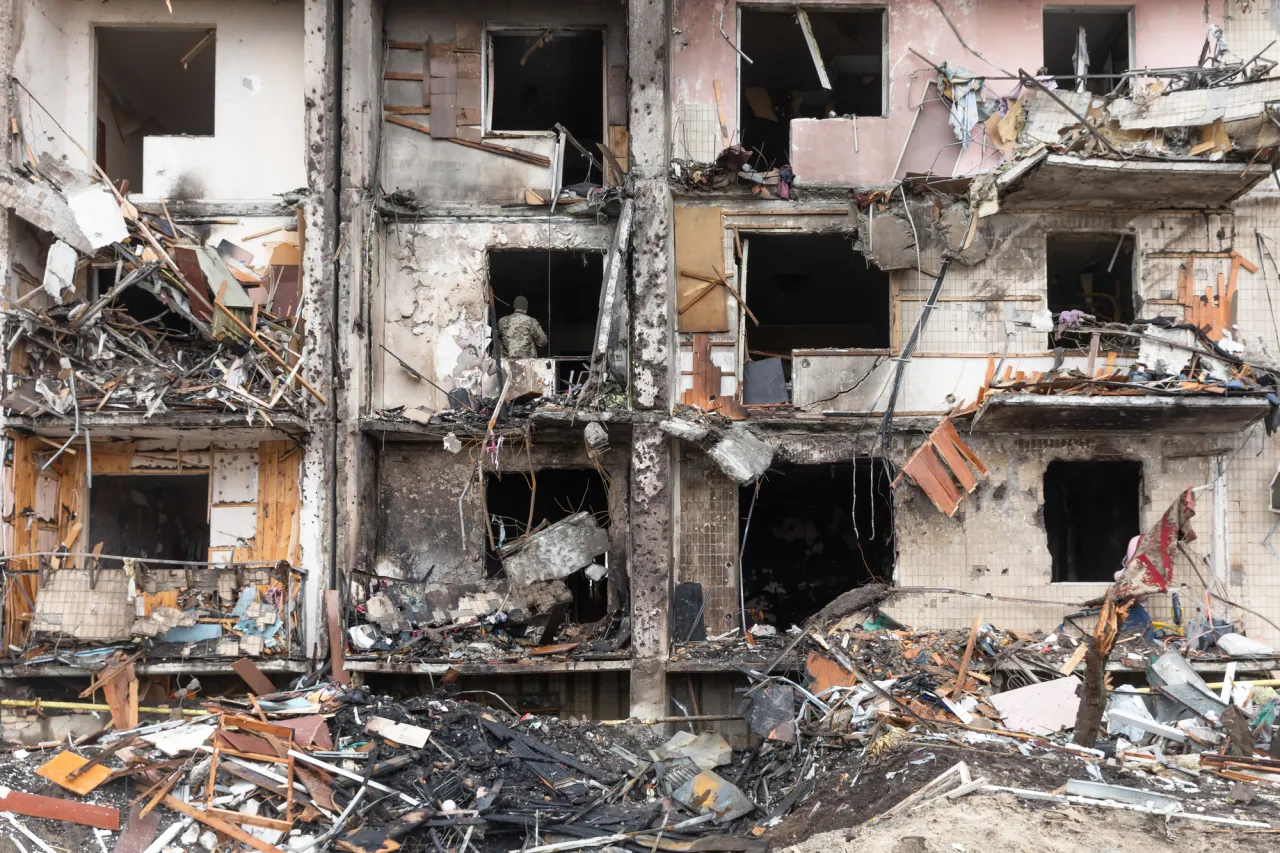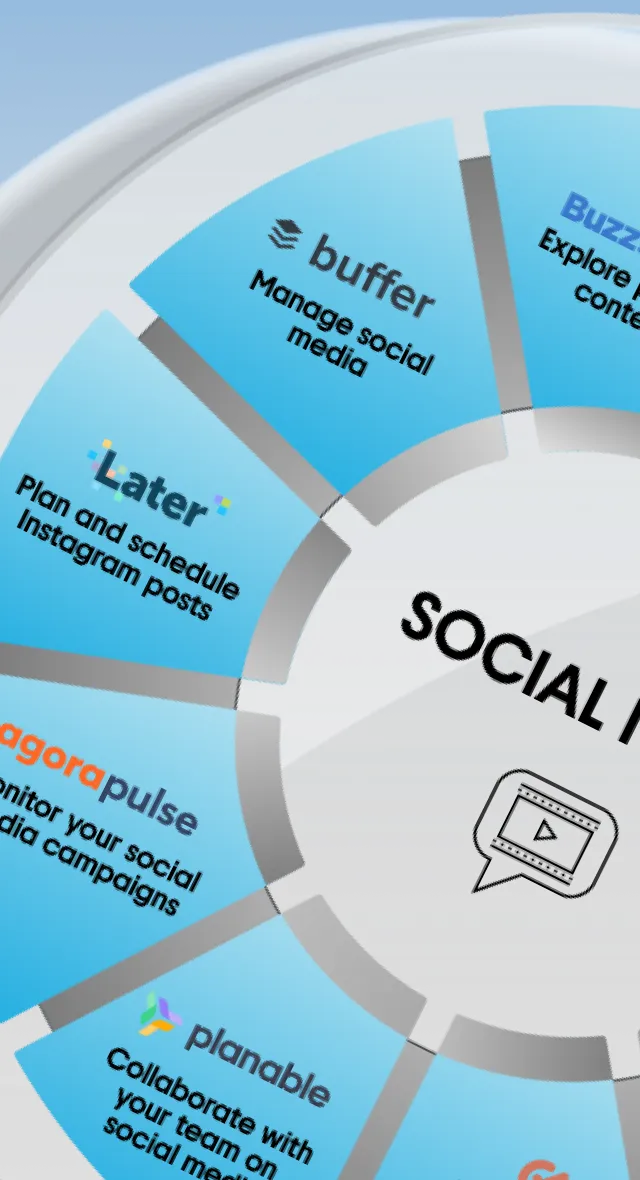The Concept of War: What to Shoot if You Are Not a Documentalist
Most Depositphotos contributors are not war photographers or war photojournalists who risk their lives to shoot editorial content. It is also true that not every business needs documentary war photography (like before and after war photos) to address subjects such as the war in Ukraine.
While news platforms share non-adjusted visual evidence of events, companies often follow their brand’s voice. Often, this excludes posting official reports and real war pictures. To make a statement, they need to design custom visuals that match their identity.
Charitable event or corporate protest posters also need to be customized in line with the brand’s visual policy.
Consider blogs and online magazines as well. Some of them are not about the news, but analytics and opinions. And when a hot topic strikes, they need dozens of original war pictures for expert columns and articles.
In this short guide, the Depositphotos team provides you with ideas on how to create non-documentary, yet powerful modern war photos and help businesses be socially impactful.
Understanding your audience: What war-related content do companies release?
In our recent article (How to Communicate Your Brand’s Stance: 20+ Cases Concerning the War in Ukraine), we analyzed cases of large and small brands that did not stand on the sidelines when it came to Russia’s aggression against Ukraine.
Each brand has chosen its own strategy and communication tactics. For example, nearly 300 companies refused to be present on the market of the aggressor country. Other businesses launched charity events in support of Ukrainians, or contributed to the global #StandWithUkraine information campaign.
Some public organizations and media are now using their resources to encourage politicians and other stakeholders to take action. And celebrities are recording video messages and launching charitable projects. Take Mila Kunis and Ashton Kutcher’s fundraising initiative—together, they’ve already raised over $35 million!
Large corporations, medium or small businesses, cultural magazines, and many others are sharing their position and highlighting their pro-Ukrainian activities on social media and blogs.
Documentary photography and war portraits—horrific in its truthfulness—is still the most effective way to communicate about war. For this reason, at Depositphotos, we launched free collections: Say No to War (war photos) and Rallies Around the World. Brands can use them without any limitations.
But famous war photos are not the only way to emphasize the issue at hand. Think of the impressive covers of The Economist, Time, or The Guardian Weekly.
Source: Instagram
Read the story behind the Time’s Resilience of Ukraine cover here
Unfortunately, not every business can afford to initiate a large-scale art project involving a foreign artist in the center of Lviv, as Time did. Therefore, we encourage you to generate thematic content, thanks to which everyone will benefit: you as the author, businesses, and their audience.
War is an ancient concept. What can you add to it?
The basic feature for all iconic war photos is the use of symbols and references, as well as the artist’s own interpretation. In addition, one can choose from two options: create visuals about war as an abstract concept, or hint about a specific war and its events in their images.
War is an ancient archetypal concept that became a part of global culture.
Throughout human history, tribes and peoples have been fighting for resources which are reflected in songs and literature. As a result, there are many powerful visual art masterpieces that you can draw inspiration from today.
The most famous paintings on the theme of war — Liberty Leading the People by Eugene Delacroix, The Third of May 1808 by Francisco Goya, Guernica by Pablo Picasso, Consequences of War by Peter Paul Rubens, The Charge of the Lancers by Umberto Boccioni, War Triptych by Otto Dix, and Premonition of Civil War by Salvador Dalí
Guernica by Pablo Picasso in Madrid
Famous war photos and their authors — black and white war photos from the war series by Robert Capa (take a closer look at Falling Soldier), Roger Fenton’s landscapes (The Valley of the Shadow of Death), Nick Ut’s series from Vietnam (The Terror of War), Don McCullin’s war portraits, and Ernest Brooks’ silhouettes
A work by Depositphotos contributor zeferli, following Ernest Brooks’ aesthetics
By studying these works, you can see that authors have their own position regarding the war. Some of them chose to admire noble heroes, some took a pacifist position and depicted the horrific consequences of the war, and some sought to show the inevitability of constant wars between nations.
Before you pick up a camera, figure out what your stance is. The more involved you are in the topic, the more powerful and impressive your work will be. Use your experience and stories to share the war through photography.
Symbols of war and symbols of peace
As we’ve mentioned above, art photography on the theme of war operates with symbols, references, and visual quotes. We have collected the most popular and well-recognized ones for you. All of them are divided into three categories to simplify your creative search.
1. War
Gods and goddesses of war — Thor (Donar) with his Mjolnir hammer, Ares, Athena and Nike (Greek), Odin (Norse), Kali (Hindu), Mars (Roman), Ishtar (Mesopotamian), and many others
Symbols in popular culture — arrows pointing in opposite directions and crossed swords; a shield; skull with bones; modern weapons and war machines—tanks, fighter aircrafts, combat helicopters, artillery mounts, machine guns, ballistic missiles, bombs, and other ammunition; battle flags; military badges; military awards and uniform details; reconnaissance equipment and radars; soldiers and officers; explosions and burning buildings; cemeteries with identical crosses; field hospitals and military camps; a coffin in the national flag
Archetypes associated with the concept — dictators, villains, tyrants, monsters, witches, shapeshifters, and tricksters moved by their selfishness or evil ideas, Leviathan
2. A battle between good and evil
Symbols in popular culture — opposition between light and darkness, good and evil; Zeus against the Titans; Thor against the Giants; Gilgamesh against the Monsters; Jesus and Satan; Heracles; Joan of Arc
3. Peace
Symbols in popular culture — an olive branch, a dove (a Dove lithograph by Pablo Picasso after World War II), mistletoe, rainbow, a broken rifle (used by War Resisters’ International), the ‘V’ hand sign, a paper crane, a peace-and-love sign (designed for the British nuclear disarmament movement in 1958), a predator and prey lying down together in peace (from the Bible)
When it comes to colors that symbolize war, black and white come to mind, as well as the color of blood, red. The colors of war are also considered to be the colors of army camouflage. Here, we are talking about shades of green, brown, sometimes yellow, and beige.
Use the symbols we have listed above as a starting point for your creative process. Portraits, still lifes, abstracts, and landscapes—powerful war photos could be of any format. We encourage you to pick one you feel most at ease with and then integrate symbols into it.
What else you should know: Keywording war pictures and more
In order for your work to be noticed by potential clients, follow a few simple rules on our platform.
First, work in series and upload several images to your portfolio—with different angles and orientations. This will increase your chances of making sales, as customers are more likely to find a composition that works for them.
Second, use specific keywords for every war photo you post. Try to describe war pictures as accurately and as detailed as possible when uploading them to Depositphotos. Keywords are the basis of a user’s navigation on our site, although we also use AI-driven technology to recognize image content and generate personalized results for users.
Keywords for war-themed photos (example):
war, stand with Ukraine, stop war, russia invades Ukraine, war 2022, arms, military, soldiers, veteran, army, officer, forces, uniform, and others (depending on what’s on your image)
More details can be found here—The Elephant in the Room: Keywording Images for Stocks.
Title — Military man and girlfriend holding hands, supporting boyfriend before leaving

Keywords used for this image on Depositphotos
Third, the more you use to promote your portfolio, the more likely your image will be on the cover of a well-known magazine, in a video about the war, or on a poster. As always, we encourage you to spread the word about your new work on social media.
We also recommend adding a link to your portfolio in the description of your Instagram, Facebook, LinkedIn, and other accounts.
Another idea to boost your profile is by submitting some photos to our Free Library (temporary usage for free). By doing so, you can even reach new audiences through the Depositphotos newsletter. Contact our Support Team to let them know you want to submit free files. Then, agree on files and timeframes in which your photos will be available for free download.
Wrapping up
Even if war photojournalism is not your occupation, this does not mean that you can’t create a powerful war-themed photograph and make your own artistic statement. Moreover, you can contribute peace and inspire people with your work of art.
Depositphotos is grateful to every photographer who continues to work, especially those who live in Ukraine or support Ukraine from abroad! Creativity is a powerful way to bring back peace, so we look forward to seeing your work on our platform.
Other materials on this topic:
Official brand’s statement
Depositphotos and VistaCreate Suspend All Business in Russia and Belarus
Articles
How to Communicate Your Brand’s Stance: 20+ Cases Concerning the War in Ukraine
How People Worldwide Support Ukraine
The Depositphotos Team and Contributors Share Their Stories About The War in Ukraine
